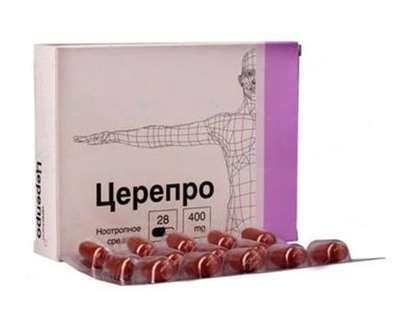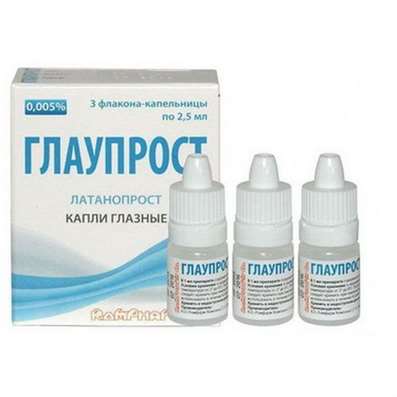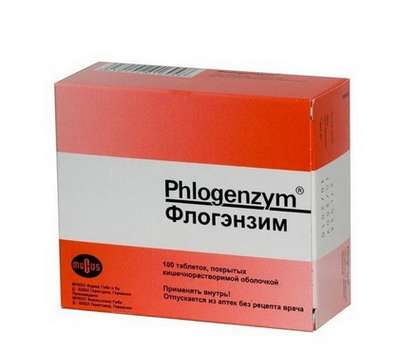Instruction for use: Vestinorm-NEO
I want this, give me price
Dosage form: tablets
Active substance: Betahistine*
ATX
N07CA01 Betahistine
Pharmacological group:
Histamine preparation [Angioprotectors and microcirculation correctors]
The nosological classification (ICD-10)
H81.0 Meniere's disease: Meniere's syndrome/ disease; Meniere's disease; Meniere's syndrome; Labyrinth dropsy; endolymphatic hydrops
H81.4 Vertigo of central origin: Vertigo labyrinthine origin; vestibular vertigo; Vertigo of vascular origin
H83.3 Noise in the inner ear: Noise in the ears; Idiopathic tinnitus
H91 Other hearing loss: Age-related vascular hearing loss; Age-related vascular drop in hearing; Age-related hearing impairment; Idiopathic hearing loss; Decreased acuity of hearing; Hearing loss; Deteriorating hearing of vascular or toxic origin; Perceptual hearing loss
H91.9 Hearing loss, unspecified: Hearing loss; Hearing Impairment; Hearing loss; Cochleovestibular disorder; Cohleo-vestibular disorder of ischemic nature; Hearing impairment; Sudden Deafness; Hearing impairment of vascular genesis; Hearing loss age; Ischemic impairment of hearing and balance; The phenomenon of accelerated growth of loudness (FUNG)
R42 Dizziness and disturbance stability: vertigo; Dizziness; Dizziness and nausea during travel on transport; disorders of balance; vestibular disorders; disequilibrium; Ischemic disorders of hearing and balance
Composition
Tablets - 1 table.
active substance: Betahistine dihydrochloride in terms of 100% dry matter 8 mg; 16 mg; 24 mg
Auxiliary substances: MCC 101 - 102/204/306 mg; Sodium starch glycolate (type A) - 6.25 / 12.5 / 18.75 mg; Silicon dioxide colloidal anhydrous - 3.75 / 7.5 / 11.25 mg; Povidone - 3.75 / 7.5 / 11.25 mg; Magnesium stearate - 1.25 (2.5 / 3.75 mg
Description of dosage form
Tablets: round planocylindrical with a risk and a facet of white or almost white color. Marble is allowed.
Pharmachologic effect
Mode action - improving microcirculation, normalizing vestibular function.
Pharmacodynamics
The agonist of H1-histamine receptors in the vessels of the inner ear and the antagonist of H3-histamine receptors of the vestibular nuclei of the central nervous system. According to preclinical studies, by relaxing precapillary sphincters of the vessels of the inner ear improves blood circulation in the vascular stria of the cochlea of the inner ear. Dose-dependently reduces the generation of action potentials in neurons of lateral and medial vestibular nuclei. Accelerates the restoration of the vestibular function after unilateral vestibular neurectomy, speeding up and facilitating central vestibular compensation (due to antagonism with H3-histamine receptors). It alleviates the symptoms of Meniere's syndrome and vertigo.
Pharmacokinetics
Suction. When taken orally, betagistin is rapidly and almost completely absorbed into the digestive tract. After absorption, the drug is quickly and almost completely metabolized to form an inactive metabolite - 2-pyridylacetic acid. When taking the drug with food Cmax the drug in the blood is lower than when taken on an empty stomach. However, the total absorption of betagistin is the same in both cases, indicating that eating only slows the absorption of betagistin.
Distribution. The binding of betahistine to plasma proteins is less than 5%.
Excretion. The excretion of betagistin by the kidneys or through the intestine is negligible. 2-pyridylacetic acid is rapidly excreted in the urine. Cmax 2-pyridylacetic acid in blood plasma (or urine) is reached one hour after administration. T1 / 2 approximately 3.5 hours. When taking the drug at a dose of 8-48 mg, about 85% of the initial dose is found in the urine as 2-pyridylacetic acid.
Linearity. The release rate of betahistine remains constant when administered orally with 8-48 mg of the drug, indicating the linearity of the pharmacokinetics of betahistine, and suggests that the involved metabolic pathway remains unsaturated.
Indications of the drug Vestinorm-NEO
Meniere's syndrome characterized by the following main symptoms: dizziness (accompanied by nausea / vomiting), hearing loss (hearing loss), tinnitus;
Symptomatic treatment and prevention of vestibular vertigo of various etiologies.
Contraindications
Hypersensitivity to any of the components of the drug;
Pheochromocytoma;
It is not recommended for use in children under the age of 18 due to insufficient data on efficacy and safety.
With caution: bronchial asthma, peptic ulcer and / or duodenal ulcer (requires careful observation during the treatment period).
Application in pregnancy and breastfeeding
There are not enough available data on the use of betagistin by pregnant women. The potential risk to humans is unknown. The use of betagistine during pregnancy is allowed if the benefit from the use for the mother exceeds the potential risk to the fetus.
It is not known whether betagistin is excreted in breast milk. Do not take the drug during breastfeeding. The question of the appointment of a medicinal product of the mother should be taken only after comparing the benefits of breastfeeding with the potential risk for an infant.
Side effects
If the patient has noticed any side effects not mentioned in this manual or any side effect has taken a serious nature, you should inform the doctor about it.
From the digestive tract: often (from ≥1 / 100 to <1/10) - nausea and indigestion.
From the nervous system: often (from ≥1 / 100 to <1/10) - a headache.
In addition to these effects, revealed during clinical trials, post-marketing application and scientific literature reported the following undesirable effects. The available data are insufficient to estimate their frequency.
From the side of the immune system: hypersensitivity reactions, incl. Anaphylactic reaction.
From the gastrointestinal tract: moderate disorders, such as vomiting, gastrointestinal pain, bloating. As a rule, these effects usually disappear when taking the drug at the same time as food or reducing the dose.
From the skin and subcutaneous tissues: hypersensitivity reactions such as angioedema, hives, itching and rash.
Interaction
In vivo studies aimed at studying the interaction with other drugs have not been conducted.
In vitro studies suggest that there is no inhibition of cytochrome P450 isoenzyme activity in vivo.
In vitro data showed inhibition of beta-histidine metabolism by drugs that inhibit MAO, including MAO of subtype B (eg selegiline). Caution should be exercised while concomitant administration of betagistin and MAO inhibitors (including MAO-B).
Betagistin is an analog of histamine, the interaction of betahistine with H1-histamine receptor blockers can theoretically affect the efficacy of these drugs and / or betagistin.
If at the present time or in the recent past the patient has taken other drugs, incl. Without the appointment of a doctor, you should inform your doctor about it.
Dosing and Administration
Inside, with food.
The dose of the drug for adults is 24-48 mg of betahistine per day.
Vestinorm, 8 mg, should be taken on 1-2 tablets. 3 times a day.
Vestinorm, 16 mg, should be taken as 1 / 2-1 table. 3 times a day.
Vestinorm, 24 mg, should be taken on 1 table. 2 times a day.
The dose should be selected individually, depending on the response to treatment. Improvement can be observed only after several weeks of treatment. The best results are sometimes achieved after several months of treatment. There is evidence that the appointment of treatment at the onset of the disease prevents its progression and / or hearing loss at later stages.
Special patient groups
Elderly age. Despite the limited data from clinical studies, extensive post-registration experience suggests that dose adjustment in this group of patients is not required.
Renal / hepatic insufficiency. Special clinical studies in this group of patients have not been carried out, however, post-registration experience suggests that dose adjustment in this group of patients is not required.
Overdose
There are several cases of drug overdose.
Symptoms: Some patients experienced mild and moderate symptoms (nausea, drowsiness, abdominal pain) after taking the drug at doses up to 640 mg. More serious complications (convulsions, cardiopulmonary complications) were observed with the deliberate use of elevated doses of betagistin, especially in combination with an overdose of other drugs.
Treatment: Symptomatic therapy is recommended.
Special instructions
Influence on the ability to drive vehicles and work with machinery. Betagistin does not influence or slightly affect the ability to drive vehicles and work with machinery; In clinical trials, undesirable reactions that could affect this ability have not been identified.
Release form
Tablets, 8 mg, 16 mg, 24 mg. In a blister of PVC colorless film and aluminum foil printed lacquered, 10 pcs. 3 bl. In a pack of cardboard (for a dosage of 8 mg). 3 or 6 bl. In a pack of cardboard (for dosages of 16 and 24 mg).
Manufacturer
PJSC Farmak
Conditions of leave from pharmacies
On prescription.
Storage conditions of the drug Vestinorm-NEO
In a dry, the dark place at a temperature of no higher than 25 ° C.
Keep out of the reach of children.
Shelf life of the drug Vestinorm-NEO
3 years.
Do not use after the expiry date printed on the package.

 Cart
Cart





